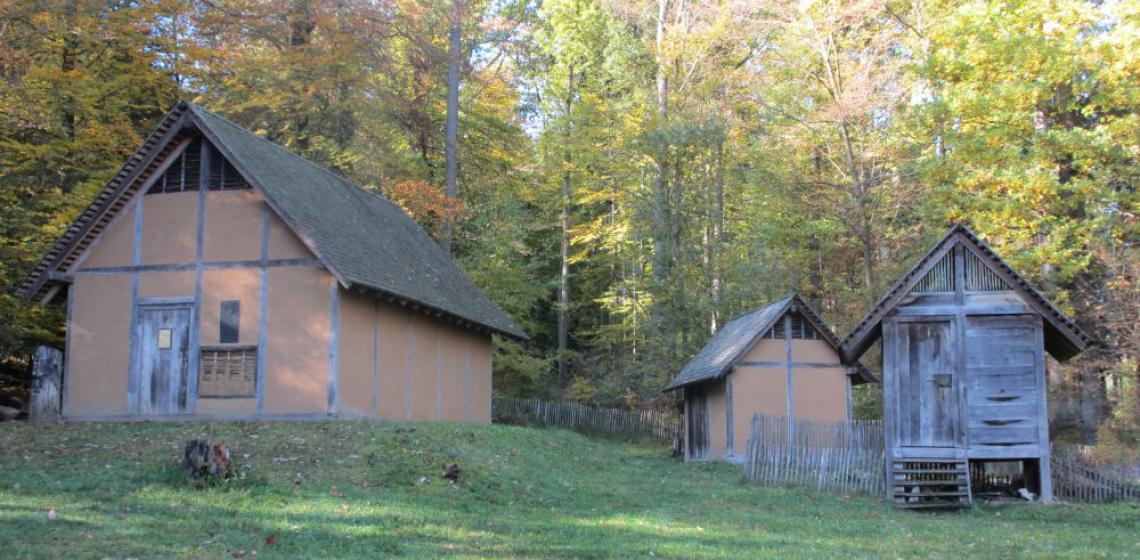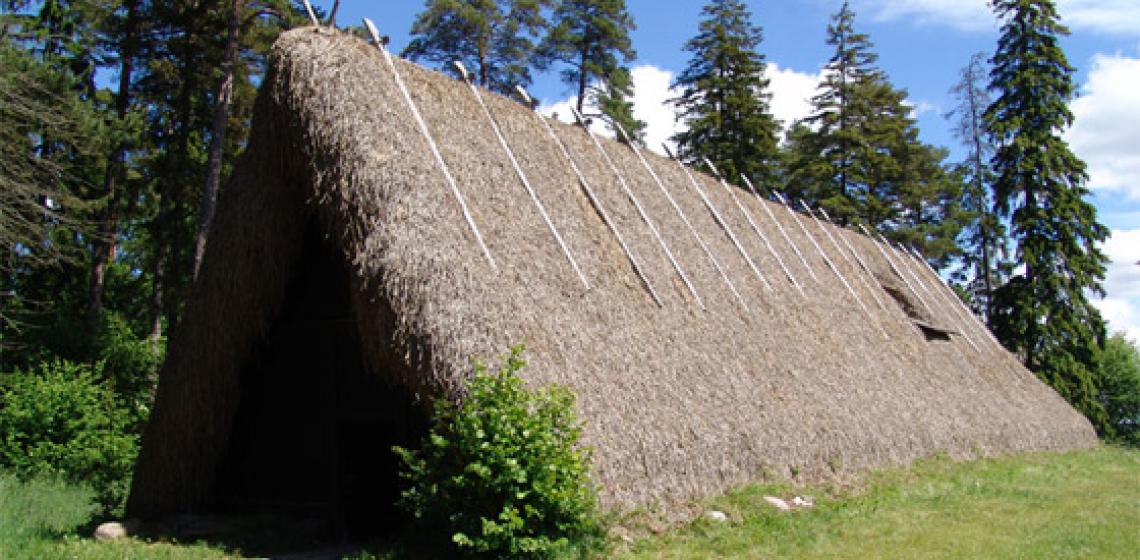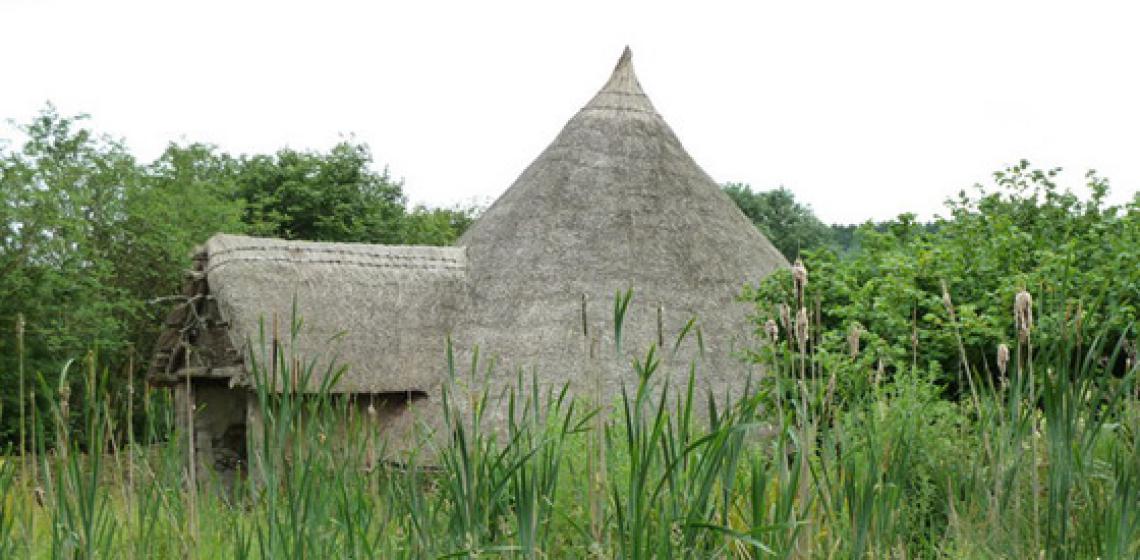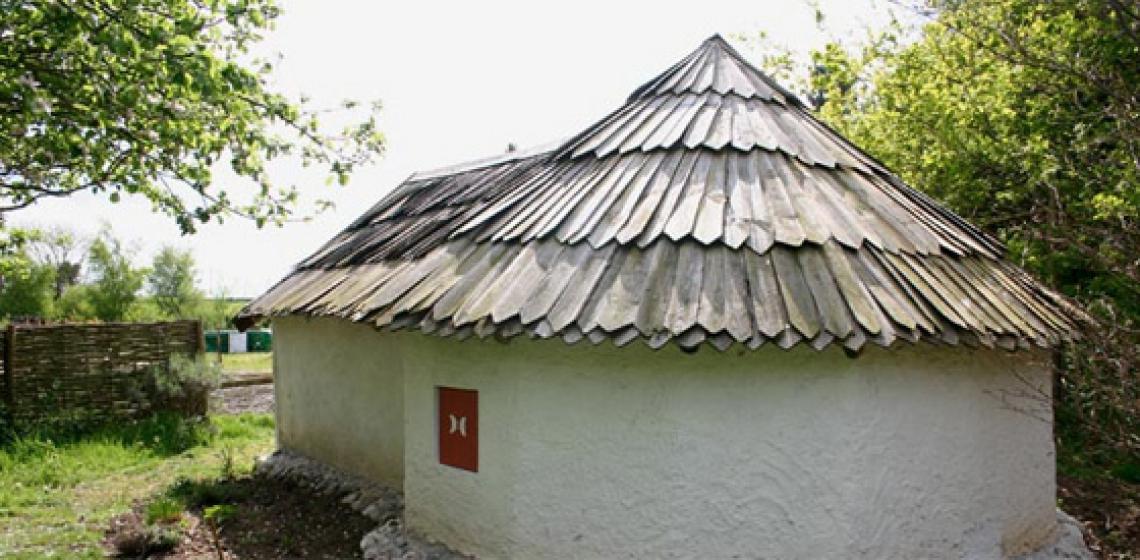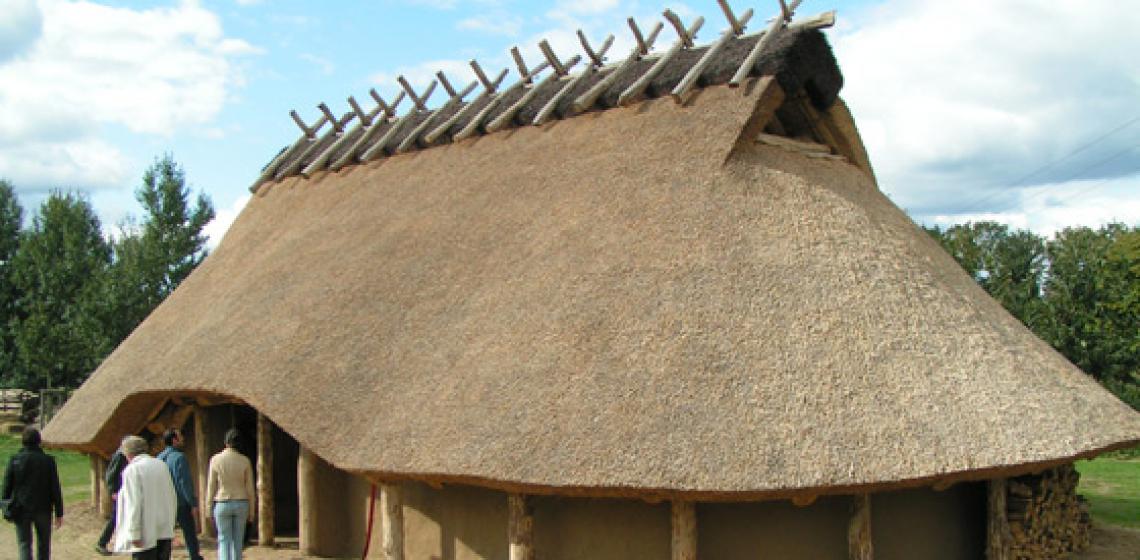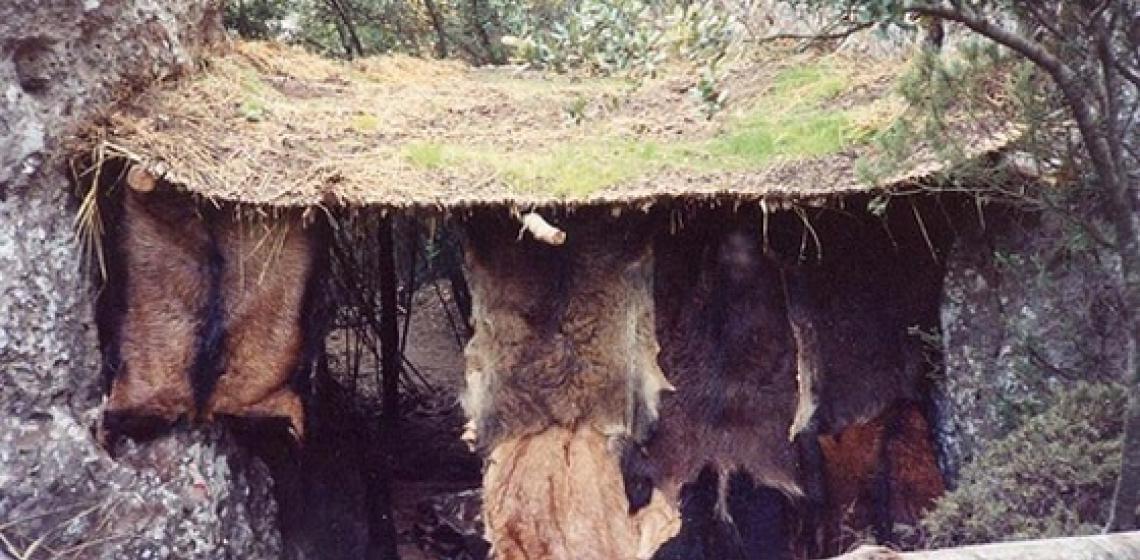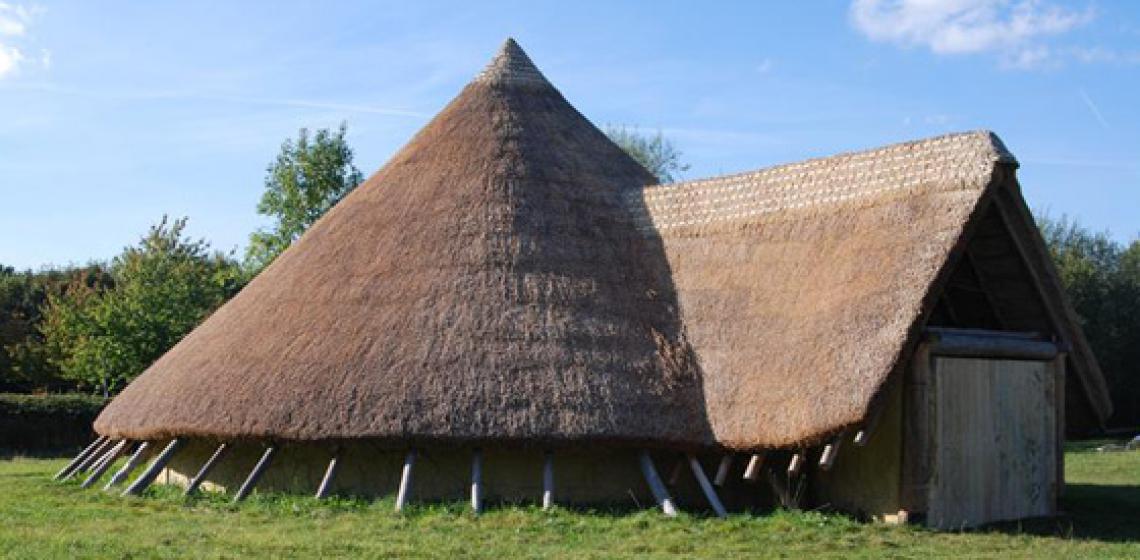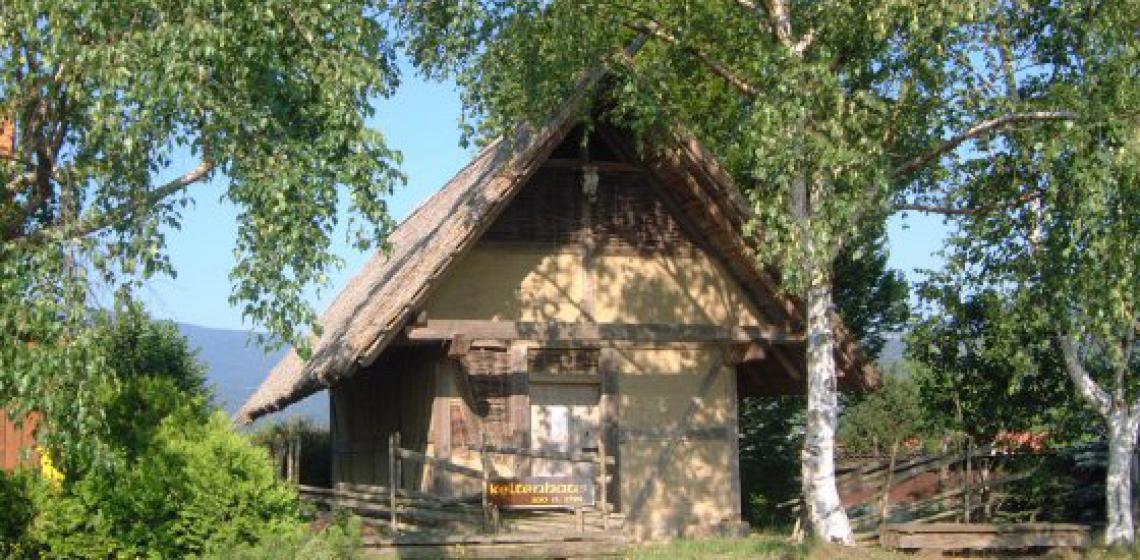Keltengehöft am Dünsberg (DE)
At the Dünsberg, you would find in the Iron Age a defended Oppidum or hillfort. Probably it plaid an important role until about the year 9 BC when the Roman influence became much bigger in this area. Excavations go back to as early as 1903.
At the Dünsberg, you would find in the Iron Age a defended Oppidum or hillfort. Probably it plaid an important role until about the year 9 BC when the Roman influence became much bigger in this area. Excavations go back to as early as 1903...

